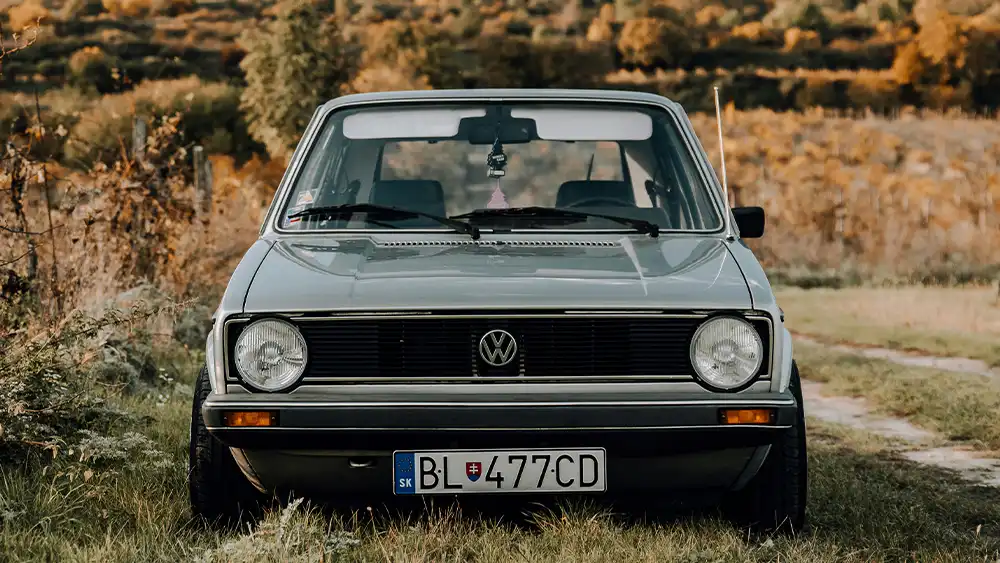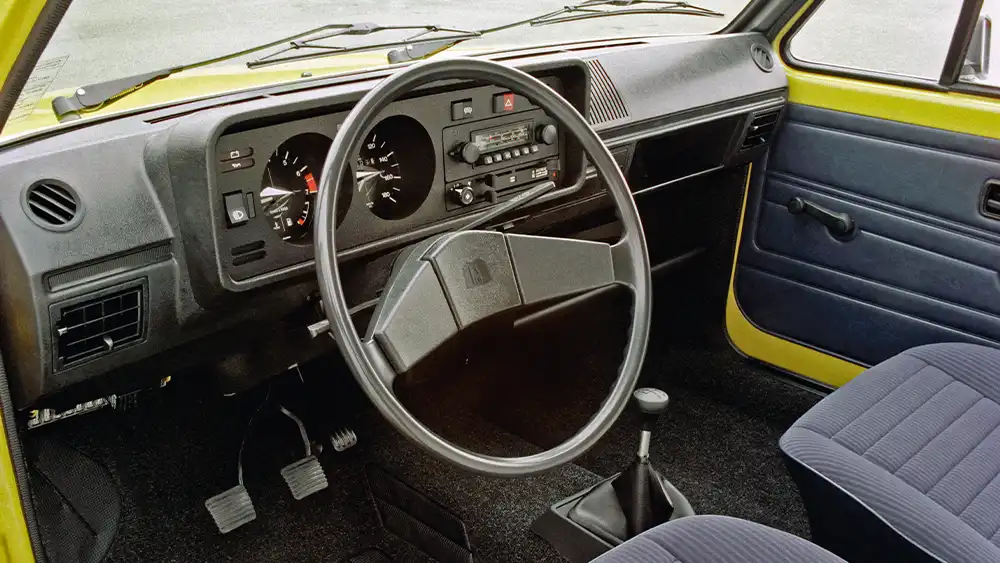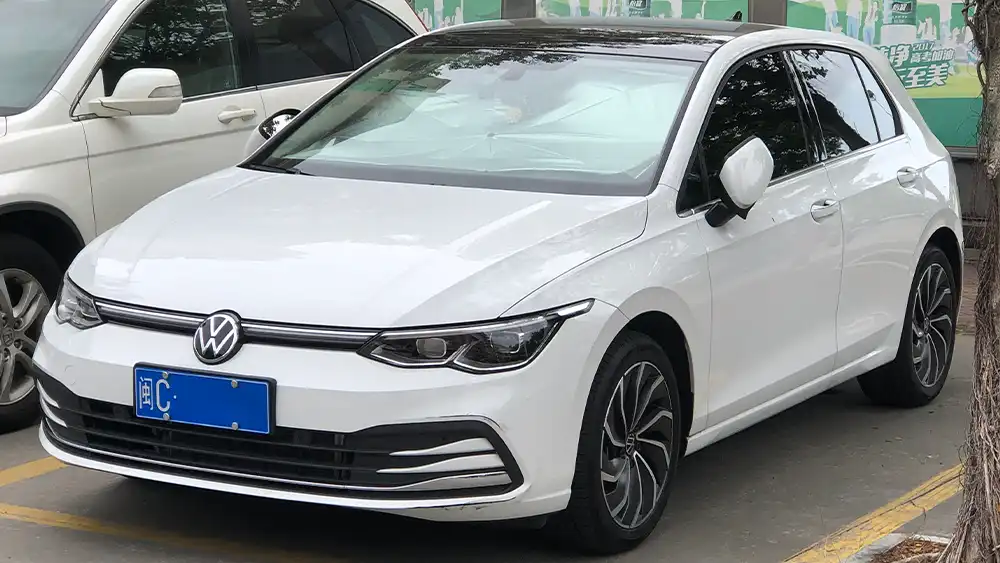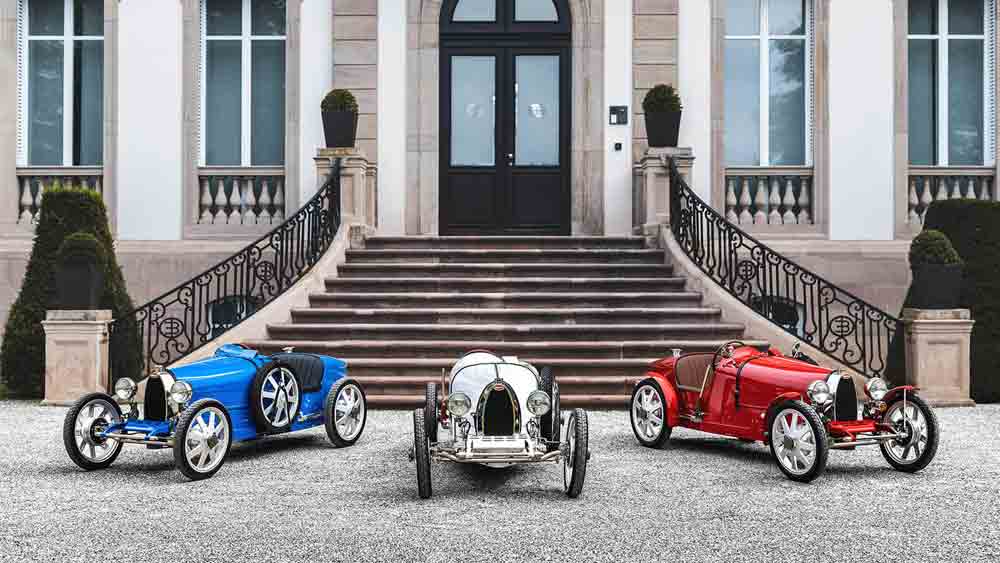The Evolution of the Volkswagen Hatchback: From the Beetle to the Golf

The Volkswagen hatchback models story is an intriguing tale. This is about innovation, resilience, and transformation that spans decades. It commences with the iconic Beetle. It progresses to the modern Golf. This is a symbol of cutting-edge engineering and design.
This article delves into ten crucial stages in the development of Volkswagen’s hatchback models. This illustrates how this revered automaker has adapted to the evolving automotive landscape. Let’s find out more about it below!
7 Most Memorable Volkswagen Hatchback (VW) Vehicles of All Time
The evolution of the Volkswagen hatchback, from the Beetle to the Golf, encapsulates a story of adaptability, innovation, and resilience. It mirrors the changing landscapes of society, technology, and automotive design.
Volkswagen’s ability to reinvent and reimagine the compact car has ensured its place in the garages and hearts of millions around the world, proving that evolution is key to enduring success.
1. The Genesis – The Beetle

The Volkswagen Beetle is initially named the “Type 1,”. It marked the start of a groundbreaking car design and production method. It originated in the 1930s and aimed for:
- affordability
- efficiency
- dependability
The Beetle swiftly emerged as an iconic symbol of mobility for all. Its distinct rear-engine configuration. Its unique shape distinguished it from all other vehicles on the road. There are over 21 million units sold globally, making the Beetle one of the best-selling cars in history.
2. Introducing Fuel Efficiency – The Jetta
There was a rise in environmental concerns in the late 1970s. The black Volkswagen unveiled its inaugural compact sedan, the Jetta. This features a fuel-efficient engine. Its contemporary design resonated with youthful drivers.
The Jetta swiftly captured the interest of consumers. This is due to its stylish aesthetic and exceptional fuel economy. It offered a solution to the rising cost of fuel and provided an affordable option for those seeking a dependable vehicle.
The Jetta’s design focused on aerodynamics. This resulted in improved efficiency on the road. Its compact size made it easier to maneuver through city streets and its efficient engine allowed drivers to travel longer distances without constantly refueling.
As time went on, Volkswagen continued to prioritize fuel efficiency in their vehicles. The Golf, Passat, and Polo models all boasted impressive MPG ratings. This makes them popular choices among budget-conscious consumers.
But it wasn’t just about saving money at the gas pump. With increasing concerns about climate change and emissions regulations, Volkswagen recognized the importance of creating more options for its customers. This led to the development of hybrid.
3. Entering the Modern Age – The Golf Mk1

Back in ’74, Volkswagen took a big step with the Golf Mk1, changing up the compact car game. Designed by the famous Giorgetto Giugiaro, this model was a major shift from the Beetle. This features:
- a front-engine
- front-wheel-drive setup
- a cool VW hatchback design
The Golf set a new standard for compact rides, giving drivers worldwide better efficiency and versatility.
4. The Golf GTI – Birth of the Hot Hatch

In 1976, the Golf GTI hit the roads, giving birth to the “hot hatch” category. The GTI spiced up the regular model with a beefier engine, sportier suspension, and cool styling. It quickly became a youth culture icon, blending performance and affordability.
This was also the first VW model to use fuel injection, improving its already impressive power and efficiency.
The Eighties and Nineties
Throughout the 1980s and 1990s, Volkswagen introduced several generations of the Golf, each reflecting advancements in automotive technology, design, and consumer preferences. The Golf Mk2 and Mk3, for instance, offered:
improved safety features more powerful engines, and innovations such as electronic fuel injection and catalytic converters.
5. The New Millennium – The Golf Mk4

The turn of the millennium saw the introduction of the Golf Mk4, a model that elevated the hatchback to new levels of refinement and quality. It introduced features previously reserved for luxury cars, including updated interiors, advanced safety systems, and sophisticated engine technology.
Going Global – The Volkswagen Golf Worldwide
The Golf’s appeal went global, with its manufacturing and sales extending well beyond Europe. It became a hit in markets like North America, Asia, and Africa, adapting to diverse customer needs and regulations.
This all-new global Golf was launched in 1998, with production spread across various plants globally.
Safety First – Innovations to Ensure Protection
Safety has always been of utmost importance to Volkswagen, and the Golf Mk4 featured some significant advances in this area. Electronic stability control (ESC) and anti-lock braking systems (ABS) were made standard on all models, providing excellent handling and braking capabilities.
The car also came equipped with front and side airbags for driver and passenger protection in the event of a collision.
6. The Golf Mk7 and Mk8 – The Modern Era

The seventh and eighth generations of Golf launched in 2012 and 2019 respectively, brought the model firmly into the modern era. These latest iterations feature cutting-edge technology, including digital cockpits, advanced driver assistance systems, and options for hybrid and electric powertrains.
Echoes of the Past
While the Golf continues to evolve, the spirit of the Beetle is still present. Volkswagen has recognized the importance of its heritage, introducing models like the New Beetle and the ID. Buzz, which modernizes the classic designs for new generations.
7. Introducing the Volkswagen Golf R

In 2014, Volkswagen introduced the Golf R, a high-performance version of the popular hatchback. With a turbocharged engine and all-wheel drive, the Golf R offers an exhilarating driving experience while maintaining the practicality and functionality of its predecessors.
The Volkswagen Golf R comes equipped with a 2.0-liter, four-cylinder Volkswagen turbo engine, producing 292 horsepower and 280 lb-ft of torque. This powerful engine is paired with either a six-speed manual transmission or a seven-speed DSG automatic transmission.
This provides drivers with ultimate control over their driving experience.
The Future of Volkswagen and the Golf
As Volkswagen continues to adapt to diverse customer needs and regulations around the world, the future of the Golf looks bright. The company has committed to producing more electric vehicles and plans to have over 70 electric models available by 2028.
This includes a fully electric version of the Golf, set to debut in 2020.

news via inbox
Sign up and never miss out on the latest news and updates at HighStuff



